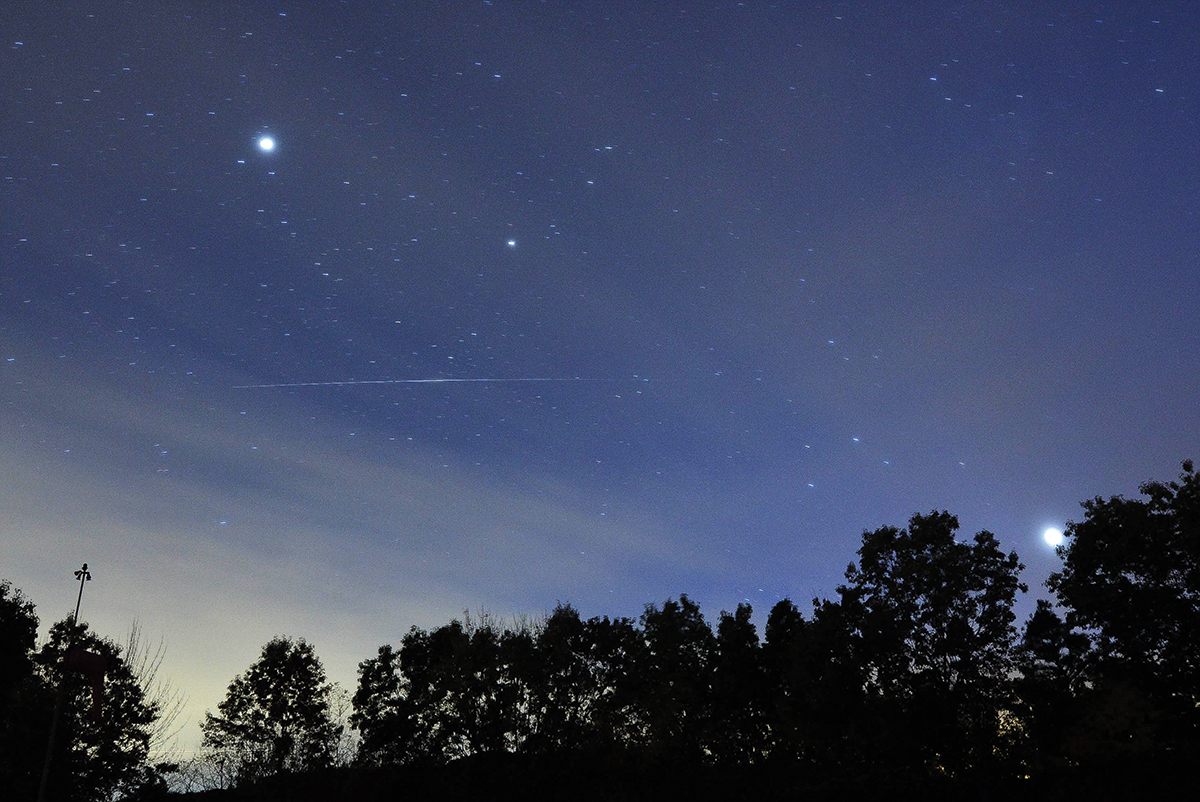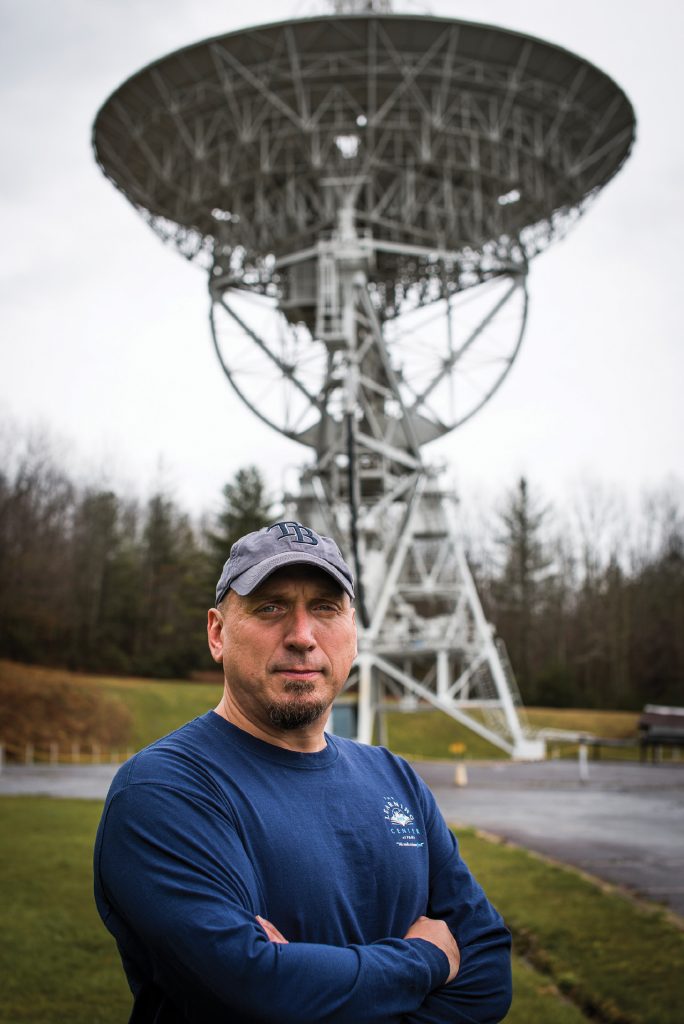
“When I started my career, low-tech was all we had,” says former ship’s navigator Terry Jednaszewski. Photo by Tim Robison.
Not so very long ago, before the chatty navigation system in your car came along, venturing from a familiar Point A to an unfamiliar Point B involved a sextant and a knowledge of basic geometry and astronomy. Awash as we are in GPS devices and cellphone apps, a hardy few can still figure out exactly where they are just by gazing at the stars. One of them is Brevard’s Terry Jednaszewski, a retired ship’s officer and harbor pilot who passes on his navigational skills in programs like one he just completed at the Pisgah Astronomical Research Institute as part of its “Evening at PARI” series. Bold Life recently talked with Terry about life at sea and finding one’s way by the stars.
Bold Life: For someone who spent his professional life at sea, Brevard seems pretty far inland …
Terry Jednaszewski: I spent the last 34 years of my career as a harbor pilot on Tampa Bay and got very tired of the crowds of people and especially the traffic in winter when the snowbirds arrived. My wife and I had friends who had either moved to Western NC or who had seasonal homes here, and we got interested in the area. I retired here in May of 2014 and that winter we went back to Florida for a visit, and I honestly couldn’t wait to get back to Brevard. If I get the urge to see salt water, I can always drive to the Outer Banks or take a cruise.
How did you become involved with PARI?
I had been reading about PARI in the local newspaper every week, and since I live nearby I decided to go for a tour and see what it was all about. I was very impressed with the facility and volunteered as a docent. One day, while talking to the education director, my career came up, and I was asked to do a presentation on celestial navigation. Since I had last used my sextant in 1980, I was a little hesitant, but warmed up to the idea and got out my 50-year-old books and began brushing up.
During your career, did you use traditional methods for navigation as well as new technology?
When I started my career, low tech was about all we had. There was an electronic system that was adequate near coastlines, but at sea all we had were sextants, chronometers, and some published tables. During the last ten years of my piloting career we used a very sophisticated system that constantly displayed position, course, speed and so on on a laptop screen. But I’ve always been a little old fashioned in that I think it’s important to practice the basic skills in the event that the electronics fail.
Are we losing touch with our place in the heavens?
Sometimes I can be cynical and think if it isn’t on Facebook or Twitter it doesn’t exist to a lot of people. I’m often amazed when people come to PARI for one of the Friday-evening programs and express astonishment at “all the stars” that are up there. I guess they don’t get out of the cities into dark-sky areas very often.
Any particularly memorable moments during your years at sea?
Like any sailor, I could tell sea stories all day long, but one situation is pretty memorable. I was chief mate on a large tanker that had left Los Angeles for the Persian Gulf when one of the deck hands fell overboard in the north Pacific at night. It was my job to take a few crew members in a lifeboat to retrieve him. It was a pretty tense situation, but we got him back on board and nobody got hurt. We did lose the lifeboat, though.
Do you have a navigation system in your car?
Of course! I use it when I’m in unfamiliar places. My wife and I took a portable unit to Europe a couple years ago, and it was invaluable when driving around.
For more information about the monthly Evening at PARI series, call (828) 862-5554 or contact Sarah Chappell at schappell@pari.edu.



